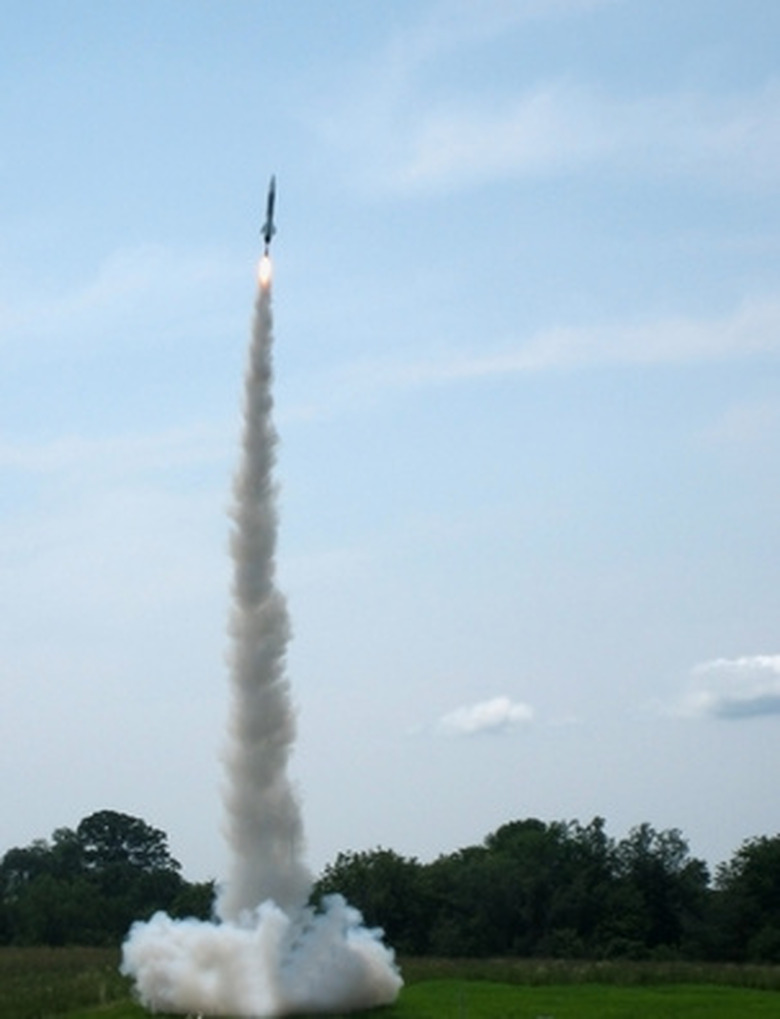What Is Zinc Powder?
Zinc powder is a bluish-gray colored, pure metal powder. It is produced when purified vapors of zinc are condensed. Some of its characteristics are consistent quality, improved yields and quick reaction time. Zinc powder is utilized for many different purposes in various fields. It's important to learn more about this substance in order to take advantage of its many benefits and uses.
History
History
Many centuries prior to the discovery of zinc in its metallic form, zinc ores were already used to heal wounds and make brass. It was at the time of the Romans during Augustus' reign from 20BC to 14AD when brass was crafted and produced, but it was only in 1374 when zinc was identified as a new metal in India. Zinc oxide and zinc metal was produced in Zawar, India during the 12th through 16th centuries, and in China during the 17th century. Zinc was not identified as a metal on its own until 1546 in Europe.
Properties
Properties
Zinc powder or zinc dust comes in the form of a bluish-gray powder. It has no smell and it is insoluble in water. It has a boiling point of 907 degrees Celsius or 1,665 degrees Fahrenheit, and a melting point of 419 degrees Celsius or 786 degrees Fahrenheit. It is highly flammable and spontaneous combustion may occur if not handled properly; however, it is very stable under normal conditions as long as it is properly used and stored.
Storage and Handling
Storage and Handling
Zinc powder must be handled and stored properly and carefully because it is a flammable and hazardous substance. It should be stored in a tightly sealed container at all times and kept away from substances with which it is incompatible. These substances are water, sulfur, strong acids and bases, heat, chlorinated solvents, amines and cadmium. It is also air sensitive, but stable in cool dry places.
Applications
Applications
Zinc, be it in its powder form or other forms, has many uses. It's mainly used in galvanizing as an anti-corrosion substance in steel; in die casting of precision components; in making brass; in making paints; in medicine and cosmetics; and as micro nutrients for animals, plants and humans. Depending on the application, zinc may be in the form of zinc oxide, zinc sulfide, zinc alloy, zinc chloride, zinc carbonate, zinc phosphate and zinc chromate.
Health and Safety
Health and Safety
In the event of zinc exposure in any form, certain safety and first aid measures should be done. Induce vomiting if the substance was swallowed accidentally. If inhaled, immediately get the person to a place with clean, fresh air and proper ventilation. In case of skin contact, wash the area with water for 15 minutes and get rid of contaminated clothes or shoes. Do the same if the substance gets into the eyes. If after the first aid measure is administered irritation persists, see a doctor immediately.
Cite This Article
MLA
Wiley, Pheori. "What Is Zinc Powder?" sciencing.com, https://www.sciencing.com/zinc-powder-6678697/. 24 April 2017.
APA
Wiley, Pheori. (2017, April 24). What Is Zinc Powder?. sciencing.com. Retrieved from https://www.sciencing.com/zinc-powder-6678697/
Chicago
Wiley, Pheori. What Is Zinc Powder? last modified March 24, 2022. https://www.sciencing.com/zinc-powder-6678697/
